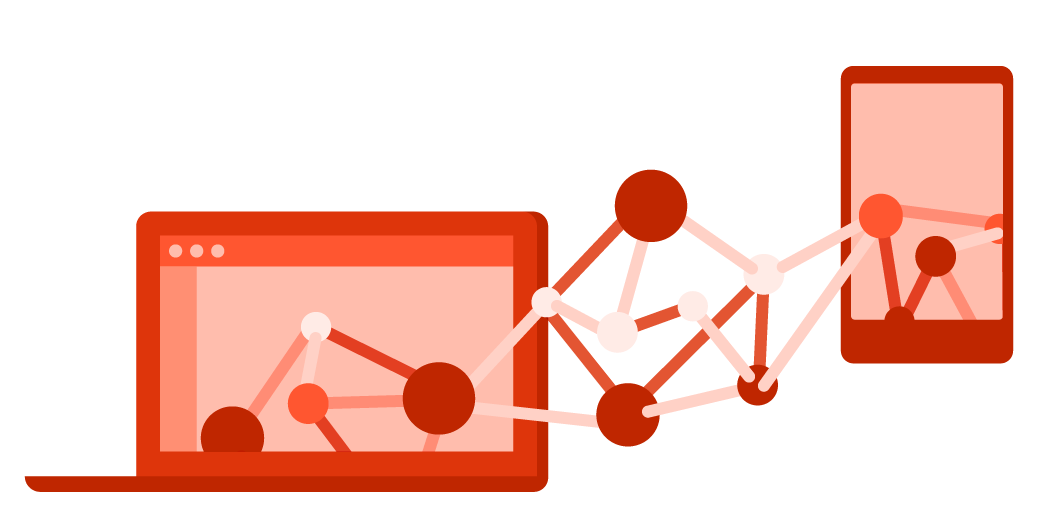5 ways small businesses can use help desk software
Businesses, no matter their size, run on technology. And that means that the continued availability of IT services is very important to business operations – from the employee, customer, and company perspective. But, what happens when technology (inevitably) fails?
In larger organizations, an employee would contact the IT help desk to report an issue, and monitoring tools would raise alerts if something goes wrong. The help desk team then follows IT service management (ITSM) best practices to log, prioritize, investigate, and resolve the issue. Once the issue is resolved, the solution might be captured as a knowledge article, and management will use system data to make decisions about help desk operations and improvements.
But when it comes to smaller businesses, the IT support team might be a little less formalized, if it exists at all. Sometimes, IT might even be an ad-hoc function assigned to whoever is the most “tech savvy” in a business function team. Either way, the IT team of a small business is always juggling requests and issues as they attempt to do their best. For example, issues might be:
- Responded to on a first-come, first-served basis rather than on need or priority
- Delayed, or even lost
- Repetitive, if another IT support person has already resolved it in the past
Or, no one may be even using IT support on a regular basis. These and other factors are why larger organizations invest in help desk software to drive IT support efficiency and, more recently, to improve the customer experience provided to end users. And just because small businesses may have less formalized support, there are still many good reasons why they would also benefit from help desk software.

Five ways help desk software helps small business IT support teams:
1. Provide a better customer experience
Help desk software allows IT support personnel to provide a more professional service, and better understand the end user and their IT history. It brings transparency into the progress, better expectation management, and faster issue resolution.
2. Reduce pressure by offering a self-service
Simple IT issues and requests can be handled by the end user themselves, using a help desk software end-user portal. End users can access FAQs and other self-help articles, log tickets, check ticket statuses, or access automated services such as password reset – all through the self-service portal.
3. Achieve more and get a better work-life balance
With help desk software you can prioritize issues so time is spent wisely, or set up auto-routing tickets so requests go to the right support person. By setting up a workflow and automation, your support personnel can work on multiple issues at the same time. And mobile access helps people ask and receive support whether they’re in or out of the office.
4. Have all the information you need when you need it
Help desk software provides insight into the people, assets, software, and previous issues involved with the task at hand. Plus, knowledge articles can be used by both IT support staff and end users through self-service. Having this information on hand not only saves time, but leads to better decisions and quicker resolutions.
5. Use operational data to improve performance and to better demonstrate value
Whether this is improving IT support’s performance – average resolution times, service level targets met, etc. – or that of IT service delivery, the help desk software’s reporting and analytics capabilities can offer important insights into past performance that can inform decisions about the future, including improvement opportunities. This information can also be used to demonstrably show IT support improvement, and possibly value, to key business stakeholders. Help desk software can improve small business IT support where end users and business operations working quickly as possible – ideally with a great customer experience.
Curious how help desk software can help your small business resolve IT issues efficiently? Check out our resource center to see how simple providing IT support can be.
